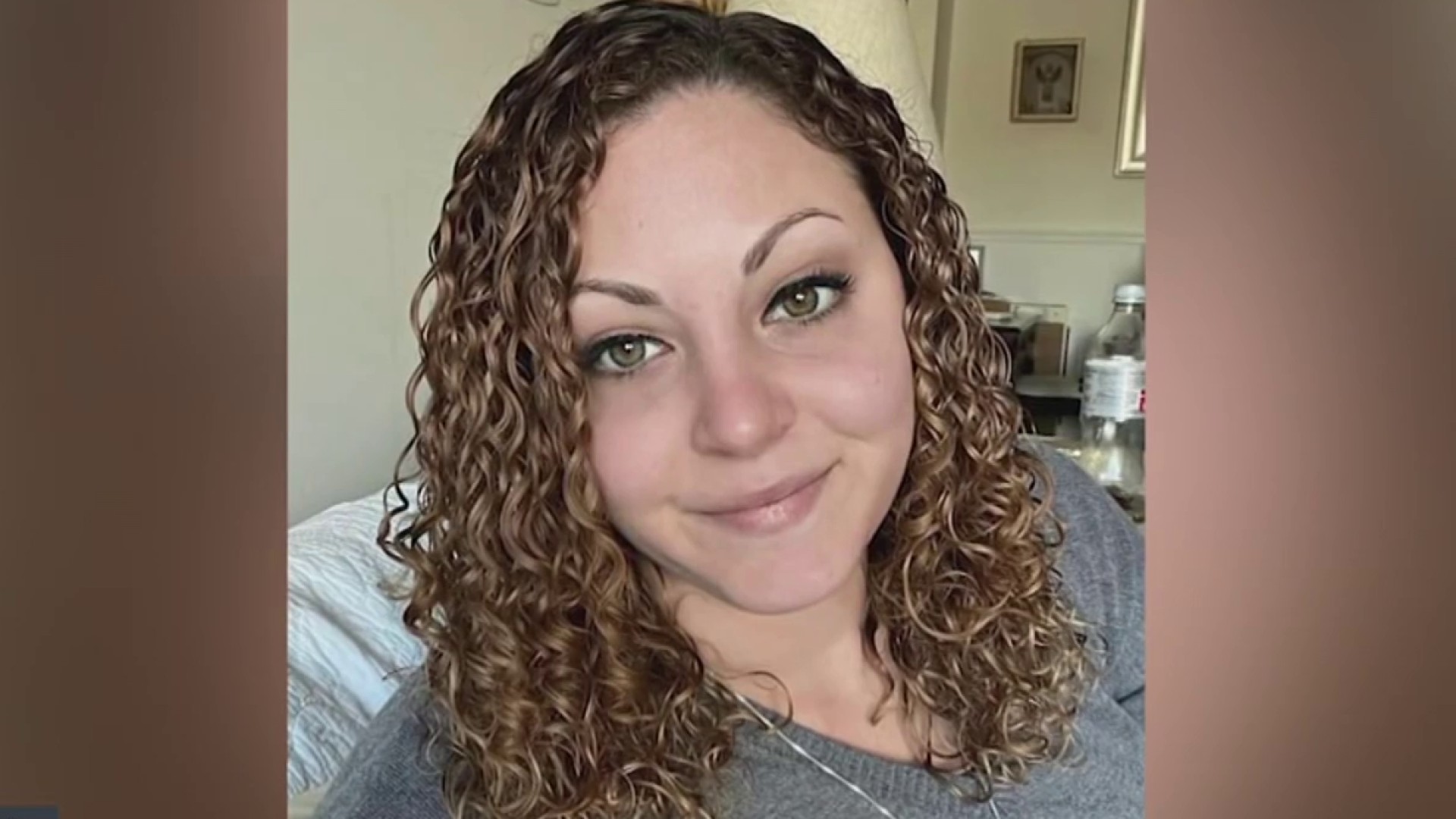A D.C. police officer violated department policy when he shot and killed unarmed black motorcyclist Terrence Sterling last year, a Metropolitan Police Department internal review board found.
Officer Brian Trainer was not justified in opening fire on Terrence Sterling early the morning of Sept. 11, 2016, according to the board. Trainer shot Sterling in the back after Sterling was reported to be riding recklessly. He was 31.
The board recommended Trainer be fired, D.C. police said. Trainer can accept the review board’s recommendation that he be terminated or he can file an objection and go before another review board, which could take another two to three months.
The U.S. Attorney's Office announced in August Trainer would not face criminal charges. The office found there was not enough evidence to prove beyond a reasonable doubt that Trainer violated Sterling's civil rights by using unreasonable force, that Trainer had criminal intent or that he was not acting in self-defense.
Trainer shot Sterling after Sterling intentionally drove his motorcycle into the door of an officer's cruiser, police said. Witnesses disputed the police department's account of the incident and said the crash was unavoidable.
Mayor Muriel Bowser previously released a statement saying the Metropolitan Police Department asked for the officer's resignation.
"Without accountability in this case, we break trust with our community–rendering the District and MPD less safe and less strong," Bowser said. "I do not believe there can be real accountability if the officer remains on the force."
A review of the incident by the U.S. Attorney's Office and the MPD previously found that about 4:20 a.m. on Sept. 11, Trainer and his partner, the driver, were stopped at a red light on U Street at 15th Street in northwest D.C. when Sterling pulled in front of their cruiser and briefly stopped before speeding off through the red light. The officers turned on their emergency lights and siren and pursued Sterling.
Local
Washington, D.C., Maryland and Virginia local news, events and information
The officers lost sight of Sterling at times, but other officers and civilians saw him riding at speeds estimated at 100 mph, running red lights and nearly hitting another police cruiser, according to the U.S. attorney.
The pursuit continued for several minutes and covered about 25 blocks, until Sterling stopped at Third and M streets NW and the officers pulled into the intersection to partially block Sterling's path, according to the U.S. attorney.
[[238427591, C]]
Trainer drew his weapon and opened his door. Evidence shows Sterling accelerated toward the passenger side, hitting the door as the officer was getting out, the U.S. attorney said.
Trainer reacted by firing two rounds through the front window, according to the U.S. attorney.
Sterling was taken to Howard University Hospital, where he was pronounced dead.
Sterling, who was from Fort Washington, Maryland, died of wounds to the neck and back, according to the city's chief medical examiner. Toxicology results found Sterling’s blood alcohol content was 0.16 -- twice the legal limit.
Trainer was wearing a body camera at the time but didn't turn it on until after the shooting.
"As I said at the time and I say again today: It is unacceptable that in this incident, the officer failed to activate his body-worn camera in violation of MPD policies," Bowser said in her statement.
In the wake of Sterling's death, Bowser ordered tighter protocols for when officers activate their cameras, and the department doubled its number of body cameras.
House Delegate Eleanor Holmes Norton previously said the chase violated policy.
"There was no need for the police to engage in this vehicle chase, which violated MPD policy, and, as a result, we tragically lost another young African-American man in a police shooting that should have been avoided," she said in a statement.
Lawyers for Sterling's family filed a $50 million lawsuit against the District and Metropolitan Police Department in Superior Court.
“I did meet with the family early on, before the lawsuit was filed,” Chief Peter Newsham said. “I’m very empathetic to the fact that they have lost a son. They have been incredibly patient throughout this entire proceeding.”
In a statement, the family said it is encouraged by the review board’s findings but questions whether the D.C. attorney general is ready to settle the lawsuit.
“Suffices to say that in all difficult cases, and this one is incredibly difficult, it’s been my view that the best result for the city often involves a fair resolution that’s fair to the family and fair to the District,” Attorney General Karl Racine said.
The evidence considered in the review of the incident incuded law enforcement and civilian witness accounts, photographs, diagrams, physical evidence, 911 calls, radio runs, D.C. Department of Transportation video, closed circuit television video, MPD photo radar footage, cellphone video, body-worn camera footage, law enforcement agency reports from MPD and the FBI, MPD general orders, accident reconstruction reports, speed analysis data, reports from D.C. Fire and EMS, and Sterling's autopsy.



